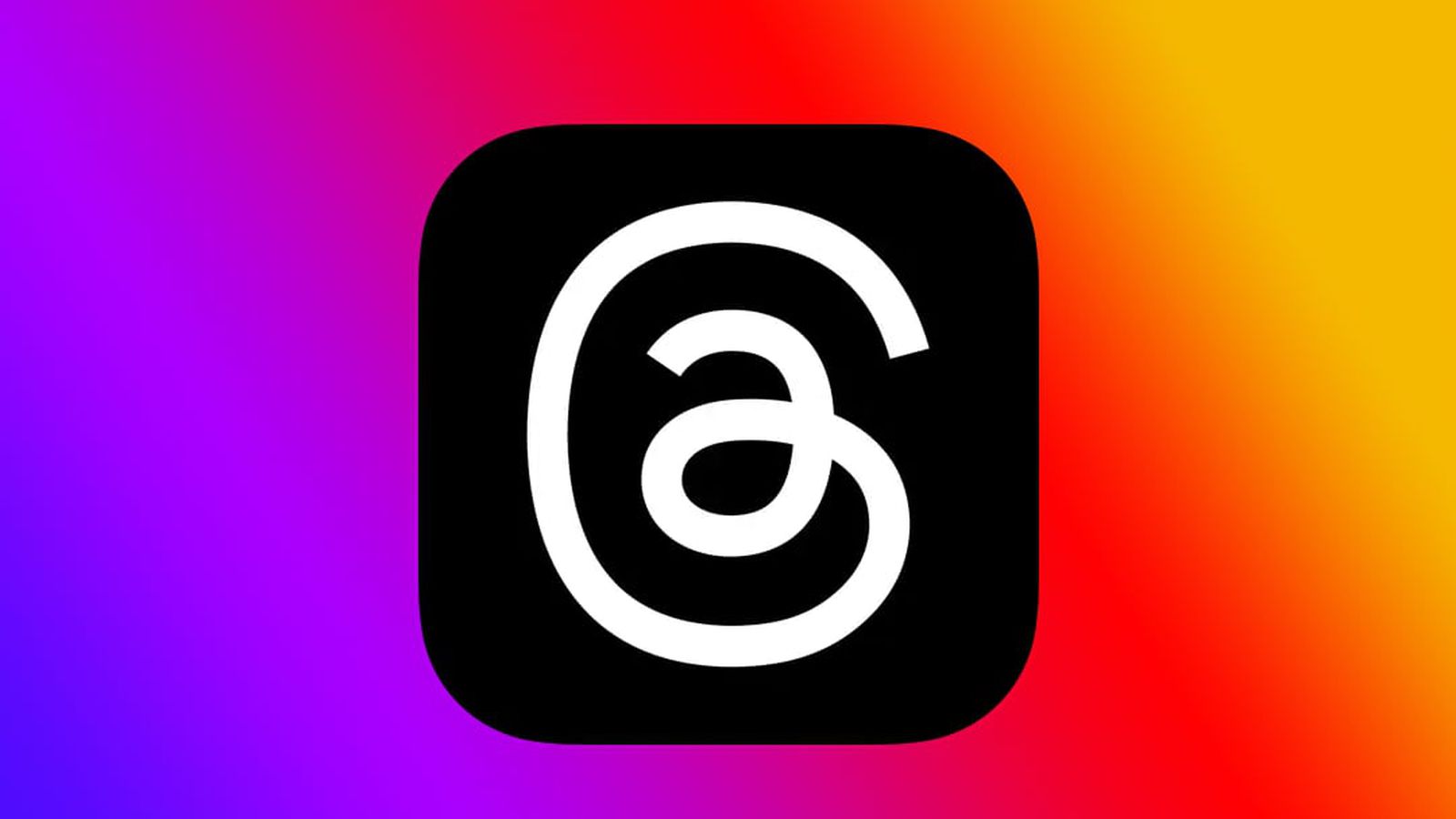Stuck with applications on your computer that you no longer use or want? You can easily remove them to free up disk space and unclutter your Start menu. Windows 10 and 11 both include a built-in uninstall option available through the Start menu, Settings screen, and Control Panel.
Cleanly removing a Windows Universal app is relatively easy. You can do that through the Start menu or Settings menu. However, the same can’t be said for uninstalling full desktop apps. For these, the built-in uninstall options can often leave behind leftover folders, files, and Registry entries that gum up your system. That’s why you may want to use a third-party uninstaller, which can fully clean out entire applications and leave little—or no—traces behind.
First, you can uninstall a program from the Start menu. In Windows 10, click the Start button and look for a program you wish to remove, either in the app list on the left or in the tiled section on the right. Right-click the program and click the Uninstall option from the menu to wipe it out.
(Credit: PCMag / Microsoft)
In Windows 11, click the Start button. Look for any pinned apps you want to remove. Click the All apps entry at the upper right of the menu to see all the programs installed on your PC. Right-click an app you want to jettison and click the Uninstall command.

(Credit: PCMag / Microsoft)
Uninstall Apps From Settings
You can also uninstall apps from Windows settings by going to Settings > Apps > Apps & features (Windows 10) or Settings > Apps > Installed apps (Windows 11). This screen shows you every program installed on your PC, including Windows Universal apps and standard desktop applications. Scroll down the list to locate the program you wish to remove. Click it directly in Windows 10 or click the three-dot icon in Windows 11, and then select Uninstall.

(Credit: PCMag / Microsoft)
Uninstall Apps From Control Panel
If you prefer using Control Panel, that option still exists in both versions of Windows. Click the Search field on the Taskbar, start typing “Control Panel,” and select Control Panel from the results. Where it says View by, choose Large icons or Small icons from the drop-down, then select Programs and Features. Select the program you wish to remove—this view won’t show Windows Universal apps—then right-click and select Uninstall or click the Uninstall button at the top of the list.

(Credit: PCMag / Microsoft)
Third-Party Uninstallers
Applications often spread their folders and files throughout your system and populate your Registry with settings that can be difficult to track down. The uninstall features built into Windows don’t necessarily remove all these leftover items, so a third-party uninstaller is needed to completely remove an application.
The challenge in fully uninstalling a Windows desktop application lies in finding the right balance. Many Windows files and Registry settings are shared by more than one program, so an uninstall utility needs to remove all leftovers for the program without disrupting any other software that may still rely on those files. For this reason, many of the best uninstallers have backups and safeguards in place. If something goes wrong following an uninstallation, changes can be reverted.
Get Our Best Stories!

Tips, Tricks & How-To
By clicking Sign Me Up, you confirm you are 16+ and agree to our Terms of Use and Privacy Policy.
Thanks for signing up!
Your subscription has been confirmed. Keep an eye on your inbox!
Here are three third-party uninstallers that will get the job done:

(Credit: PCMag / Revo)
Revo Uninstaller: Revo Uninstaller can cleanly remove desktop applications, Windows apps, and browser extensions. The free version offers basic features, while the $24.95 Pro edition removes browser extensions and remnants of already uninstalled programs. For $29.95, the Pro Portable version can run on multiple computers and from a USB drive.
The interface for Revo Installer shows you all the apps on your system so you can easily find the ones you want to remove. The program can even help install applications, which allows it to monitor the entire installation process and more completely remove the app in the future. To use Revo, double-click the program you want to remove, or right-click it and select Uninstall.
Recommended by Our Editors
Revo first creates a restore point to which you can fall back should it prove too aggressive at removing associated files and Registry entries. Next, Revo calls on the program’s own uninstall routine to remove it. Revo then scans the Registry for leftover settings to delete and asks if you want to remove them. For this, you can choose between three modes—Safe, Moderate, or Advanced—depending on how aggressive you want the program to be.

(Credit: PCMag / IObit)
IObit Uninstaller: IObit Uninstaller can get rid of desktop apps and Windows Universal apps. The free version offers basic features, such as the ability to scan for leftover fragments of an uninstalled program. The $19.99 Pro version works on up to three PCs and kicks in support for stubborn programs and browser plug-ins. Note that IObit Uninstaller does try to add some junkware during installation, so your best bet is to choose a custom installation to avoid these extraneous programs.
The main screen offers a variety of views and options. You can see all installed programs, those recently installed, large programs taking up a lot of space, and programs used infrequently. The screen also points you to Windows apps and browser plug-ins. There’s even a section for software updates where you can see if your apps are up to date. Select the program you want to remove, then click Uninstall, and IObit uses the program’s uninstaller routine to remove it and all related files.

(Credit: PCMag / Ashampoo)
Ashampoo UnInstaller: Ashampoo UnInstaller can cleanly remove desktop and Windows apps with no leftover files or settings. The product will run you $25, though there’s a 30-day free trial and it’s frequently discounted. You can view all applications, recently installed programs, large apps, Windows updates, and even a list of Windows apps and browser plug-ins. Plus, Ashampoo UnInstaller can monitor installations to make programs easier to remove down the road.
To try Ashampoo UnInstaller, select a program you want to remove and click the Uninstall button. You can opt to perform additional in-depth cleaning to try erasing every vestige of the program. The program’s own uninstall routine runs, leaving Ashampoo UnInstaller to get rid of leftover files and Registry settings.
About Lance Whitney
Contributor











